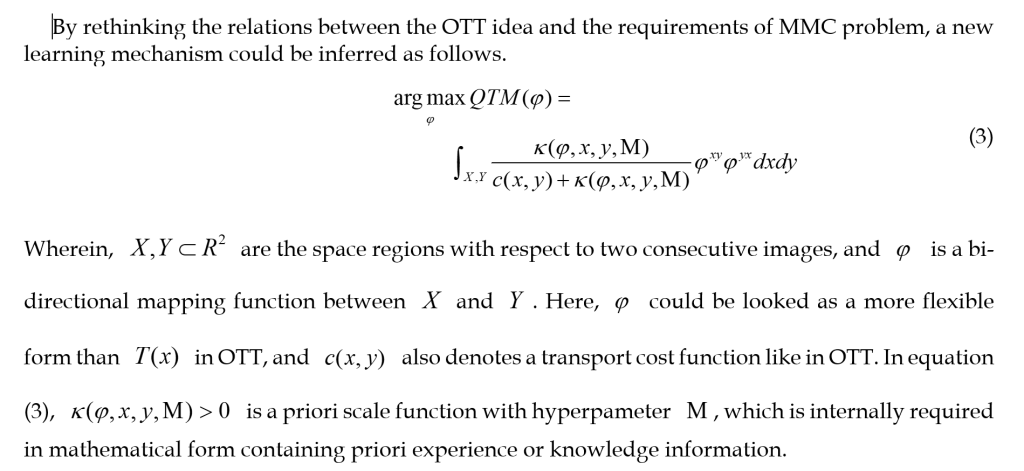背景(Background)
However, simple hierarchical process supposition must face two mysteries: 1) how to make the visual fea-ture transforms within different hierarchies be homo-morphic and enough robust to the reality of physical scenes [10]; 2) if we believe that evolutional development is the main form of generating human cognition [11], then motion cognition seems to should be a lower func-tion than subtle visual object recognition for surviving demands of animals even human. So, at least monodirec-tional hierarchical process supposition is inadequate for human visual process. However, how bi-directional hi-erarchical process works is almost unknown from cur-rent research [6].
创新点(Highlights)
This study introduces a novel thought that, there exists a very ground cognitive process, motion mapping cognition (MMC), in human vision. Wherein, dynamic scene change perception is anterior to static visual recognition (including object shape, topology, color, texture, and so on). Obvisouly, above consideration is greatly different from existing research, and maybe bring us some extremely novel results.
方法(Methodology)

结论(Conclusion)
In order to explpoit the mystery of human cognition, a completely new fundamental problem in human vision, motion mapping cognition (MMC) is presented. As an inevitable cognitive process, MMC also may be very effective for logically explaining most cognitive functions of human vision, if MMC problem could be reasonably solved in theory.
This study further indicate the reasonability of Chen’s theory of topological perception, and clarify that MMC process as an extension of Chen’s theory should be a nondecomposable basic visual cognitive process in human vision.
In addition, a quantized topological matching (QTM) principle was deduced according to the requirements of MMC problem and the ideas of optimal transport theory. Clearly, QTM principle may provide us great idea inspiration to exploit more robust and interpretable visual processing models like in human brain.